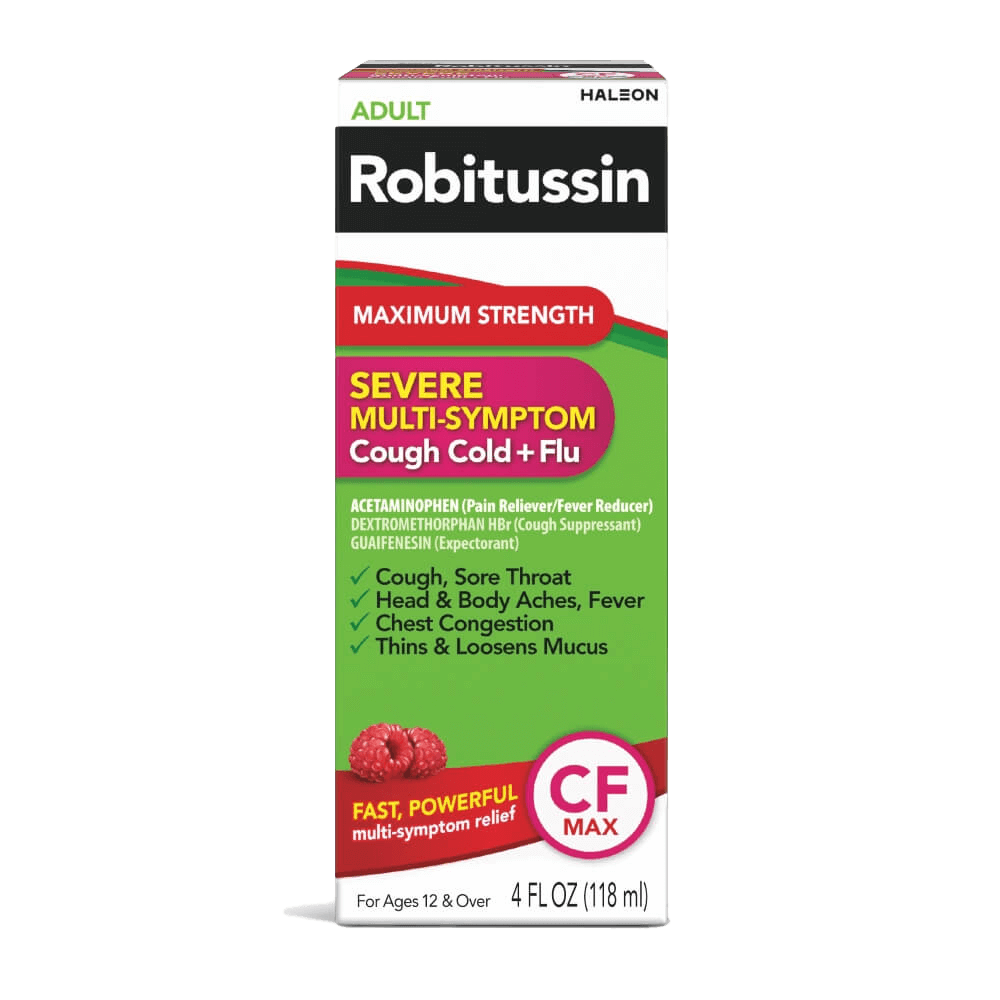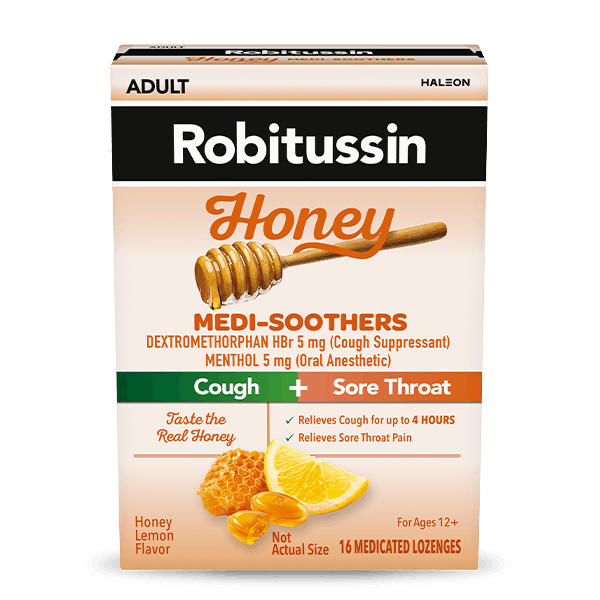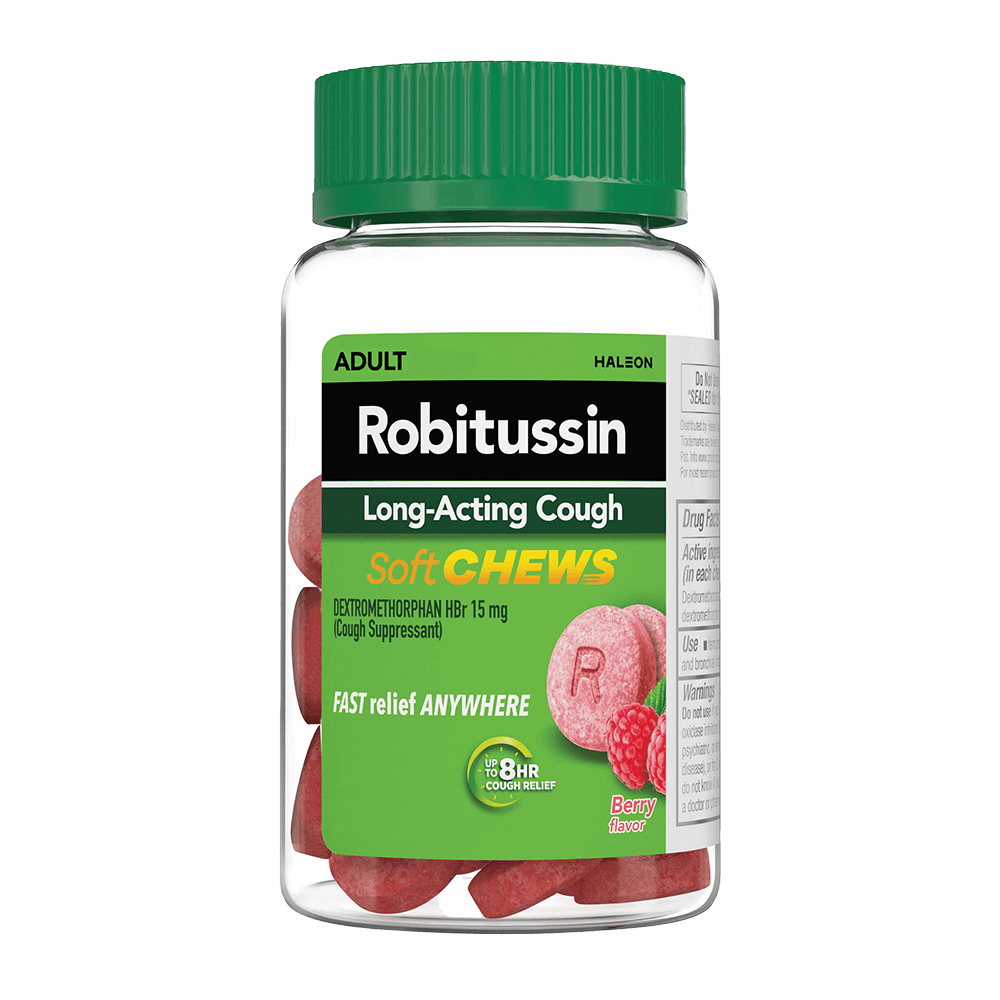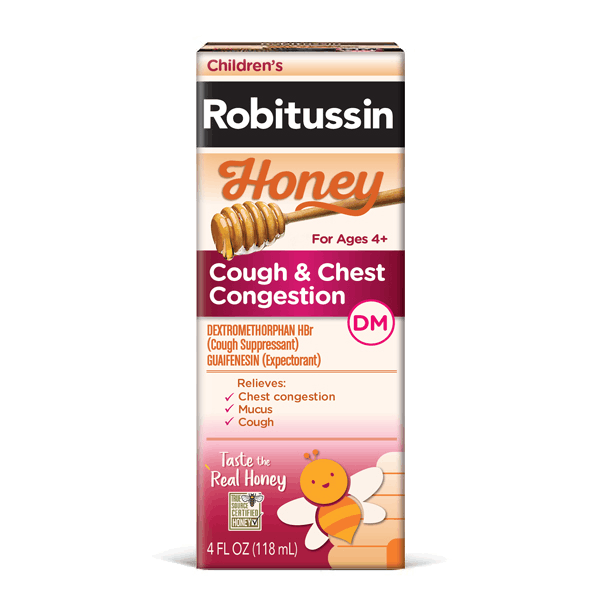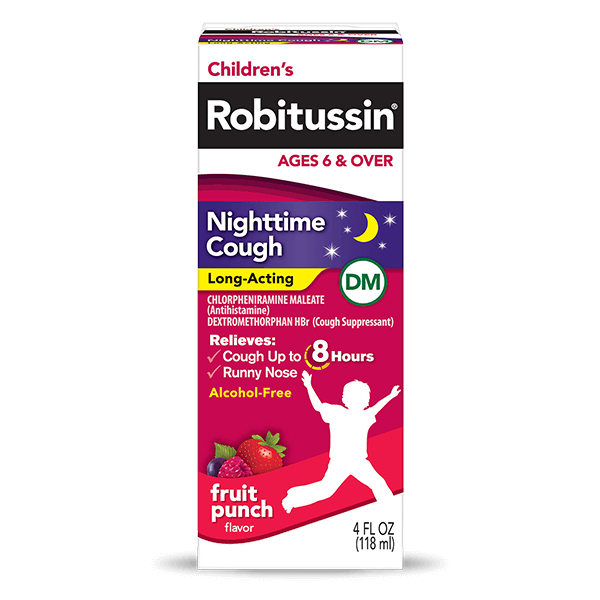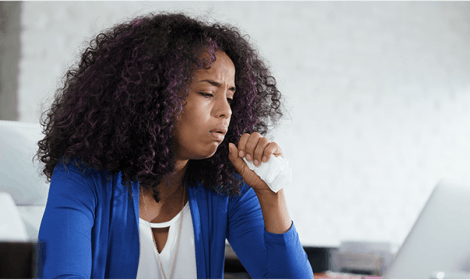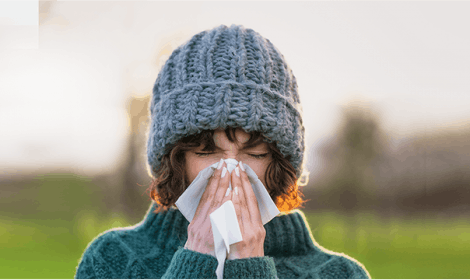How to Break a Fever at Home
Being home sick can be a miserable experience, especially if you have an elevated temperature. Learn how a fever is part of your body’s defense system against illness, and how to break a fever at home with this helpful primer.
Why Do We Get Fevers?
The average body temperature in adults and children is 98.6℉ but a “normal” body temperature can vary from person to person.3 Not only can a person’s body temperature be higher or lower than 98.6, but this number can fluctuate throughout the day; normal body temperature is lower in the morning and higher in the late afternoon and evening. a little higher after you’ve eaten or worked out and might be a little lower than normal after you first wake up in the morning.3 A fever is defined as a body temperature of 100.4℉ when taken rectally.3,4
What Causes a Fever?
Adults and children experience raised temperatures when an area of the brain called the hypothalamus, also known as your body’s thermostat, sets your internal temperature to a higher number than normal.1
There are a few reasons when you’re not feeling well that might cause the brain to increase your internal temperature:
- The body is responding to an invasion from an intruder or microorganism that could make you sick.4
- The body is creating cells that go to work to protect the body against the invading microorganisms. These newly created cells consume the invaders in order to protect you.4
- Your immune system is hard at work creating antibodies that fight infection and will recognize the intruders if they return and try to invade your body again.4
- Bacteria inside your body can become toxic and may stimulate the brain to raise your body’s temperature.4
Your body may react in several ways to adjust to this higher temperature, as dictated by the brain. Organs involved in helping regulate your temperature include the skin, the muscles, and blood vessels.4 As your internal temperature rises, you may notice a few bodily responses such as an increase or decrease in sweat production or the desire to seek a cooler or warmer environment to feel more comfortable.4
An elevated body temperature can be caused by:1,4
- A virus, like the flu
- Certain medications, specifically those used to treat high blood pressure or seizures
- Some vaccines and immunizations, like DTaP (diphtheria, tetanus and acellular pertussis)
- A bacterial infection
- Heat exhaustion
- An inflammatory condition like rheumatoid arthritis
- A malignant tumor
- Autoimmune diseases
- Blood transfusions
It is important to remember that a fever is not an illness, it’s a sign that your body is defending itself against infection and illness.3,4 In fact, a minor fever may even help reduce the number of microbes causing your illness in the first place and may be left untreated.2
How to Break a Fever at Home
A high fever can be uncomfortable and can cause sweat, chills, headaches and body aches, and leave you feeling weak.3 Fever symptoms can make you feel miserable, but a fever is a sign that your body is fighting an illness or infection.3 If an elevated temperature is making it difficult to go about your day, here are some tips for how to break a fever:2,3
- Drink plenty of fluids. An elevated temperature can lead to dehydration, so drink lots of water, juice, and broth. Dehydration can be especially dangerous in younger children. Age-appropriate drinks that contain water and electrolytes can help kids stay hydrated.
- Rest. Physical activity can raise your body temperature. When you rest, you give your body the ability to focus on fighting the infection so that you can feel better, faster.
- Stay cool. Lower the temperature in the room you sleep in and sleep with a light blanket or a sheet. Dress in light, breathable clothing to allow your body heat to escape.
- Try medication. Take over-the-counter drugs that contain acetaminophen, which can help break a fever and relieve pain. Robitussin Maximum Strength Severe Multi Symptom Cough Cold + Flu is a great option for adults who are fighting a high fever and experiencing chest and nasal congestion.
- Bathe or shower. Take a lukewarm bath or a cooler shower than usual. Don’t let the water get too cold, as shivering can raise your temperature. You may find that you can help to lower a fever by applying damp washcloths to your forehead and wrists.
When to Call a Doctor for a Fever
There are a few circumstances when you should seek medical advice for a fever for yourself or your children.
A fever is defined by most healthcare providers as a temperature of 100.4°F (38°C) and higher when taken rectally. Young babies under three months with a temperature of 100.4℉ or higher should be seen by their doctors immediately. Fever in a young baby can be a sign of a dangerous infection that should be treated quickly.4
Children under two with a fever of 100.4℉ or above that lasts for more than a day should be seen by a pediatrician. Keep a close eye on other symptoms like irritability, a cold or cough, and whether or not they’re eating or sleeping normally.1,4 Children older than two with a fever over 100.4℉ should see a pediatrician as well.4
If your child has a fever above 100.4℉, you should seek medical attention.4 If your child appears listless and fails to maintain eye contact, indicates severe discomfort or has a fever as a result of being left in a hot car, call a doctor immediately.1
Adults with a temperature over 103℉ should seek medical attention, especially if the fever is accompanied by sensitivity to light, abdominal pain, or an unusual skin rash.1 If you experience a seizure, loss of consciousness, or swelling in any part of your body while having a fever, you should call your doctor.3
These other symptoms in adults may be indicative of a much larger problem that requires professional medical attention. Symptoms of a high fever can be miserable and unpleasant, but they can also be an important defense against infection-causing germs.3
References
- Fever – Symptoms and Causes. Mayo Clinic. https://www.mayoclinic.org/diseases-conditions/fever/symptoms-causes/syc-20352759. Accessed 12/13/2021.
- Fever – Diagnosis and Treatment. Mayo Clinic. https://www.mayoclinic.org/diseases-conditions/fever/diagnosis-treatment/drc-20352764. Accessed 12/13/2021.
- Treating Fever in Adults. Harvard Medical School. https://www.health.harvard.edu/staying-healthy/treating-fever-in-adults. Accessed 12/13/2021.
- Fever in Children. Stanford Children’s Health. https://www.stanfordchildrens.org/en/topic/default?id=fever-in-children-90-P02512. Accessed 12/13/2021.
- **True Source Honey is ethically and transparently sourced. Click here to learn more
- ^Read more about our non-GMO standard. here
- ⚬This product contains the active ingredients Dextromethorphan.
- **This product contains the active ingredients Dextromethorphan and Guaifenesin.
- *These statements have not been evaluated by the Food and Drug Administration. This product is not intended to diagnose, treat, cure or prevent any disease.
- Use as Directed.

